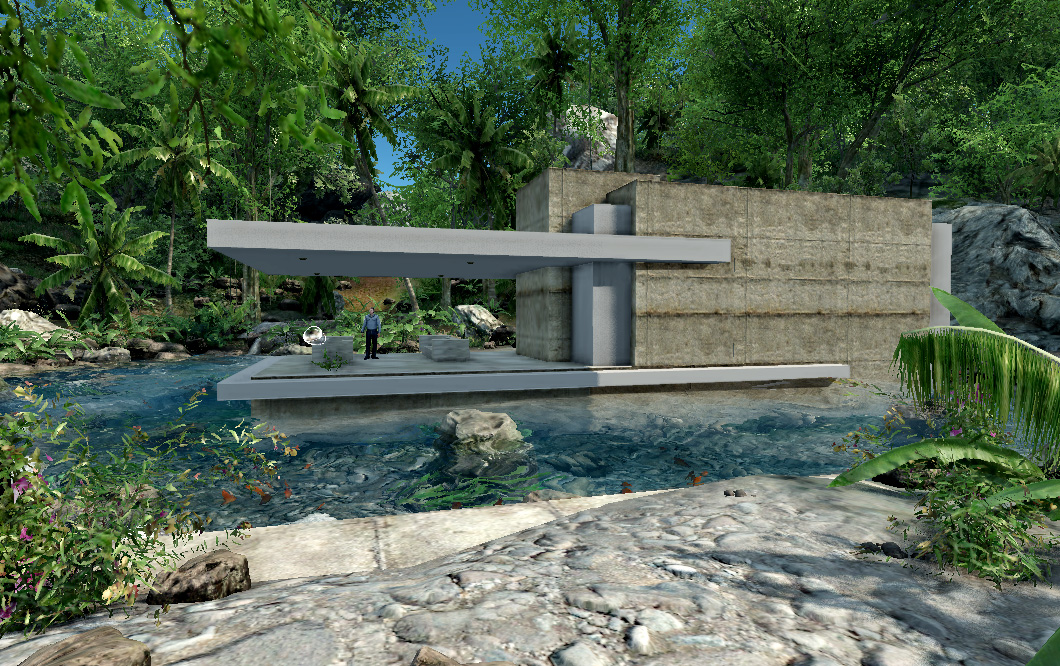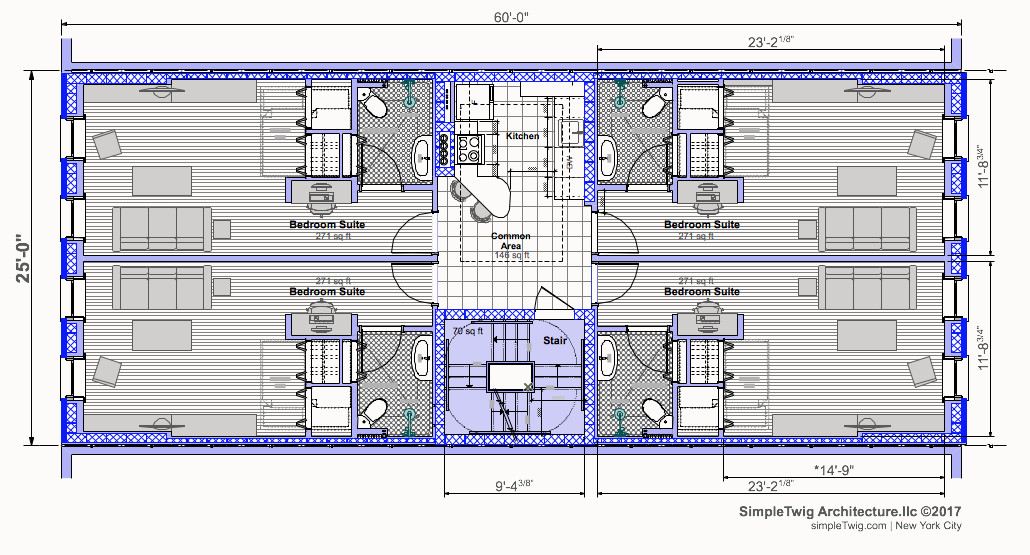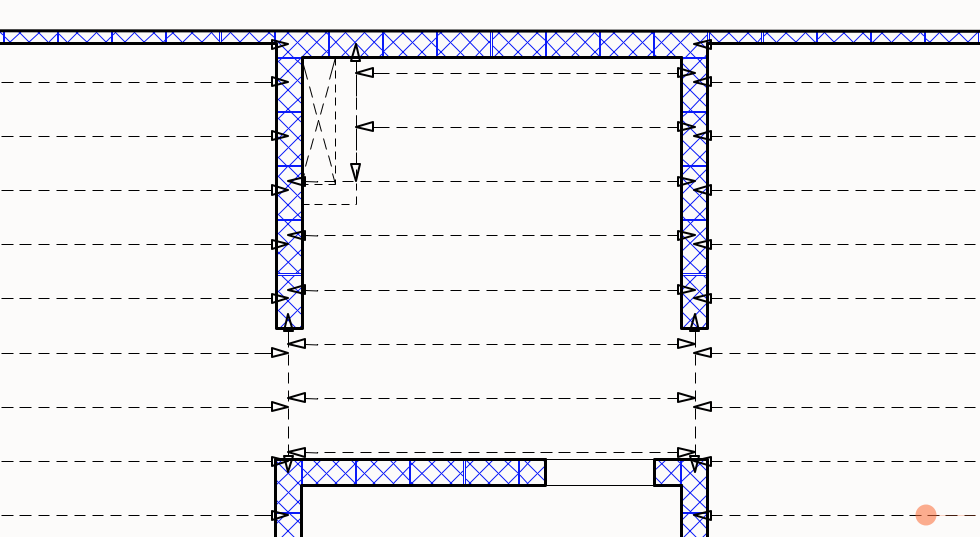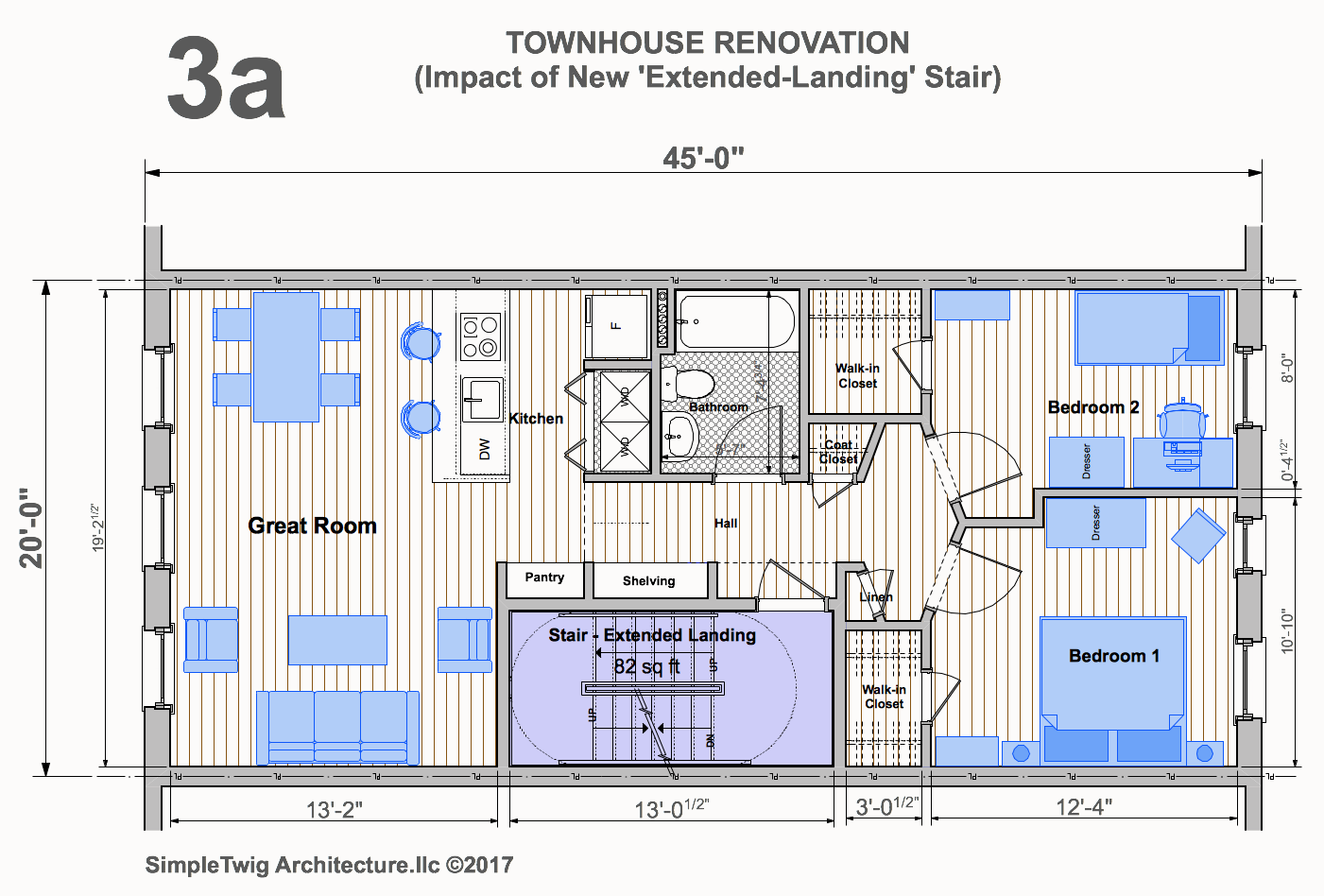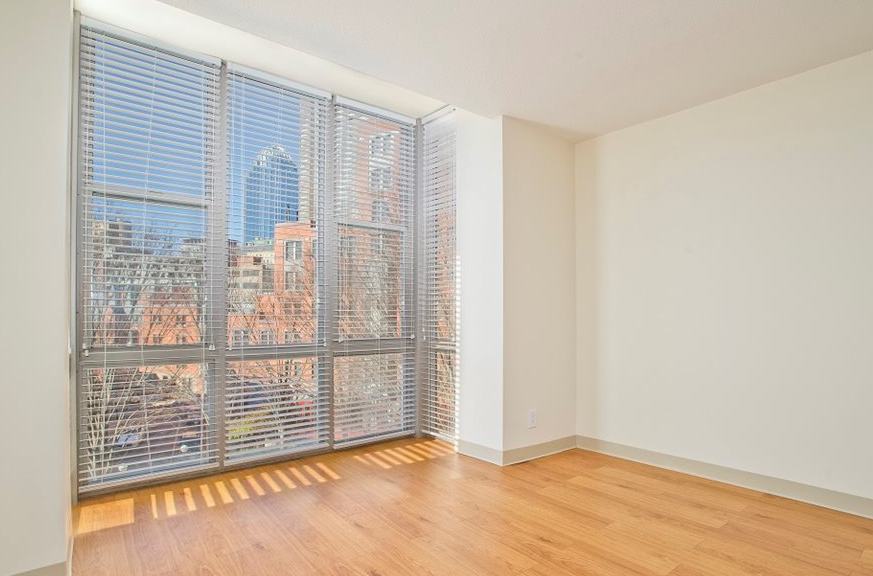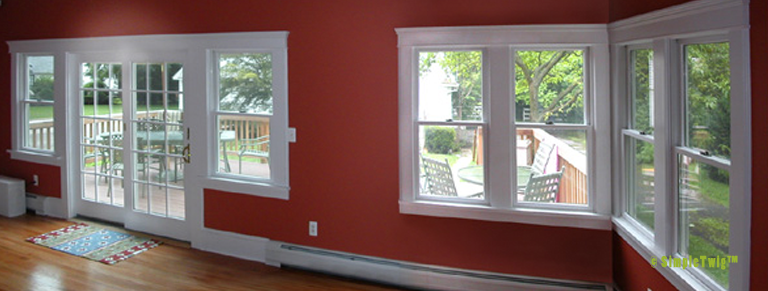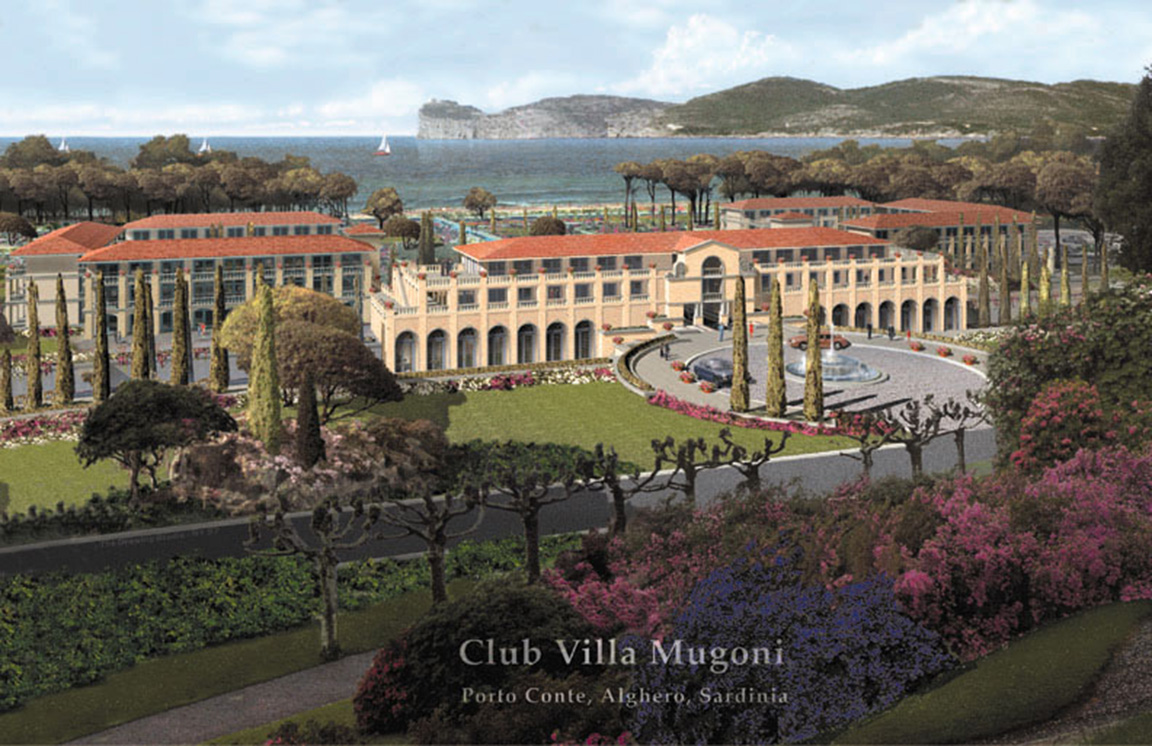This version is for the smaller walkup building of 25’x60′ in order to fit the programmatic components comfortably. It provides a way for a developer to accommodate more people within a building footprint and thus increase the yearly income.
The concept is simple, take what would normally be a three bedroom apartment and change it to 4 shared living suites where individuals get their own private suite, complete with a private bathroom, bedroom and living space, and then share only the kitchen and other building amenities. For a 5 story walkup, the potential is for 19 ‘bedroom suites’ versus the conventional 5-3 bedroom apartments. It is simple math from this point to understand that the suites are occupied with working adults while 2/3’s of the bedrooms from a standard apartment are occupied by children, or, that home office.
Continue reading “The Ultimate Shared Living Suites – FOR DEVELOPERS”
